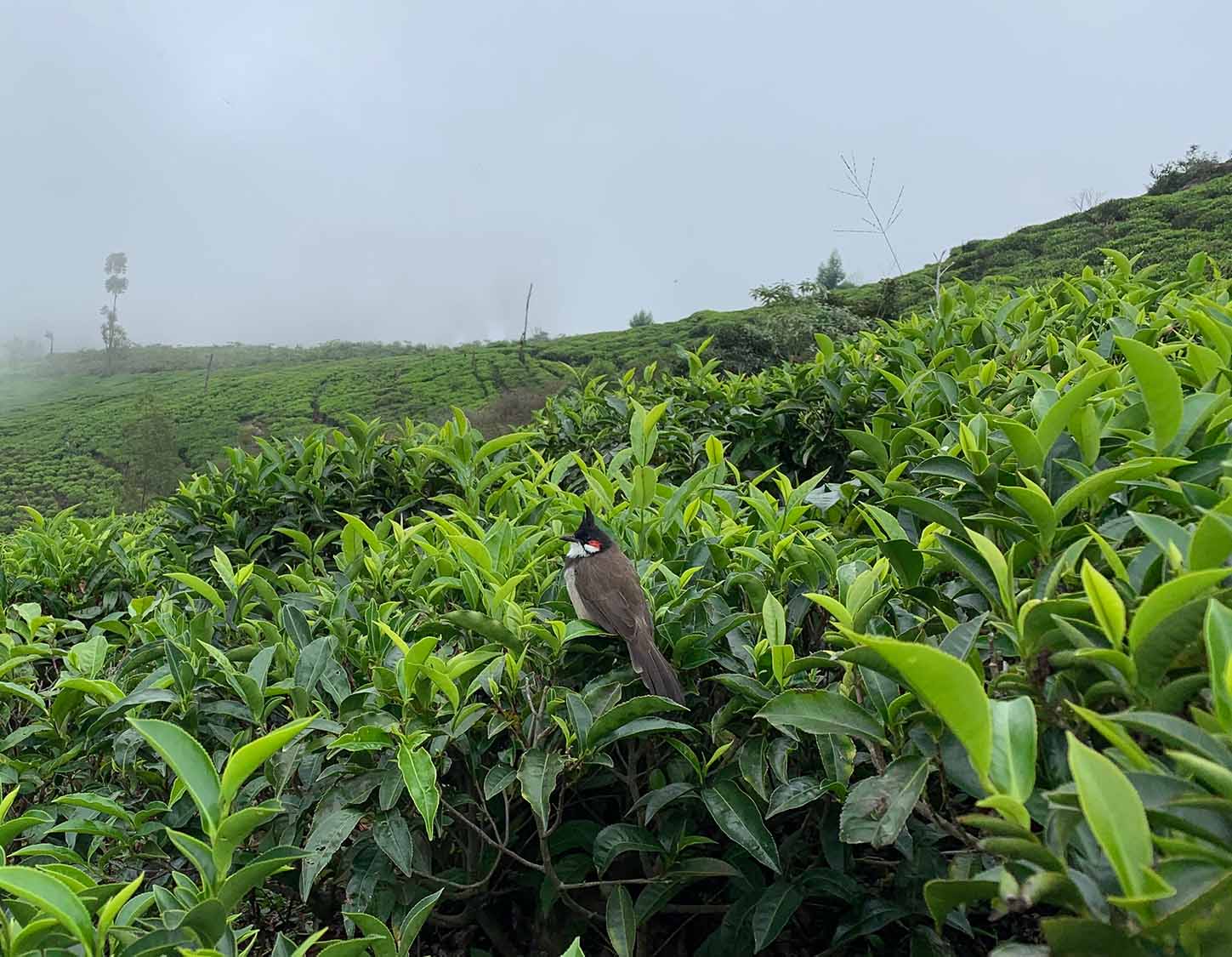
Discover White Tea - Origin, Regions, & Caffeine
White tea is a fantastic beverage that has grown immensely in popularity. It has incredible health benefits, and each type of tea has its unique flavor profile. Once you try white tea, you will not go back.
Of all the teas, white tea is the least oxidized. It has more antioxidants than green or black teas. Antioxidants help fight free radicals and inflammation in your body. New studies have shown that tea can lower cholesterol levels (1) and fight certain types of cancer (2).
Young tea leaves, specifically the top two leaves and unopened buds, are used to produce white tea. Young tea leaves have the most delicate flavor profiles. Depending on where the tea leaves are grown, microclimates, altitude, and soil type can affect flavors, resulting in many unique teas.
Tea leaves used for tea are graded based on oxidation level, color, texture, size, and shape. Buds and leaves towards the top of the stem are highly prized. White tea liquor can range anywhere from light white to pale yellow.
China produces more white tea than any other country. However, other tea regions worldwide are popular, including Nilgiri and Darjeeling in India and Uva and Dimbula in Sri Lanka. The climates and altitudes in these regions produce unique flavor profiles.
Discover White Teas by Birdsong
Table of content
White teas by region and flavor profile
China
China's Fujian and Yunnan provinces produce most of the white tea worldwide. Both regions have mild temperatures and high humidity, leading to teas that have sweet and floral notes. The four main varieties of teas include Silver Needle, White Peony, Shou Mei, and Gongmei.
Silver Needle (Bai Hao Yinzhen)
Silver Needle, or Bai Hao Yinzhen, is China's most prized white tea and highest grade. Silver Needle consists of only tea buds, giving it the long, curled appearance of a needle when dried. Upon brewing, it has a light yellow hue. The aroma is sweet with floral notes. Its smooth taste may offer hints of different fruits like apricot, melon, and peach. As the tea cools down, Silver Needle tends to present earthy undertones.

White Peony (Bai Mudan)
White Peony, also known as Bai Mudan, has both buds and leaves. Tea leaves may have a silvery and green appearance. Since it contains leaves and buds, White Peony has a more robust body than Silver Needle, with bolder floral notes. When brewed, it also has a creamy white hue, resembling white peonies, hence the name. The tea produces a smooth and refreshing cup with hints of melon and other fruit. It pairs well with light desserts such as white cake and macarons, making it an excellent choice for afternoon tea.
Due to its bolder flavor profile, we utilize White Peony in many of our tea blends at Birdsong.
Shou Mei
Shou Mei, also known as Longevity Eyebrow, is usually made of more mature tea leaves and has higher oxidation levels than Silver Needle or White Peony, producing an earthier profile with hints of dried fruit. The tea leaves are slightly darker, almost golden, than White Peony. It has a mellow taste and provides hints of flowers, grass, and various fruits. The tea liquor is pale yellow. For those looking for bolder tea, this Shou Mei makes a great choice as it still provides all the health benefits.
Gongmei
Gongmei, or Tribute Eyebrow, is made from open tea buds that have not fully matured. The leaves are then dried and baked to stop the oxidation process. This results in a tea with almost a golden liquor and a sweet, bolder flavor than Shou Mei. Gongmei is very popular and has a broad appeal.
The four main varieties of teas include Silver Needle, White Peony, Shou Mei, and Gongmei
India
In the last 20 years, India has also begun producing many white teas, specifically Silver Needle and White Peony. The tea regions of Nilgiri, Darjeeling, Assam, Kangra, and Sikkim are leading the way.
Nilgiri White Tea
The Nilgiri Hills, located in southern India, covers the states of Tamil Nadu, Karnataka, and Kerala. Nilgiri tea comes from younger buds and leaves. Compared to Chinese white teas, Nilgiri tea undergoes very little oxidation, resulting in a lighter color, milder flavor, and softer aroma.
Darjeeling White Tea
The Darjeeling tea region is located in the state of West Bengal. Darjeeling teas in this area are produced at high altitudes, creating a unique flavor profile. Compared to Chinese teas, which are generally mild and have floral and grassy notes, Darjeeling white tea is bolder, with musky, spicy, and tropical fruit flavors that set it apart.

Assam White Tea
Assam, located in Northeast India, is home to the largest tea-producing region in India. Assam teas are usually oxidized longer than their Chinese counterparts, producing a fuller-bodied tea. The prolonged oxidation period gives rise to a more robust flavor profile and higher caffeine content.
Kangra White Tea
The Kangra Valley is in Himachal Pradesh, next to the Western Himalayas. Kangra white tea is rare and has a unique sweetness that hasn't been reproduced in other white teas. It has a floral aroma and pale yellow color. Teas from Kangra are carefully plucked and processed, commanding a premium among tea drinkers.
Sikkim White Tea
Sikkim is a region in northeastern India bordering the Darjeeling tea region. Teas are grown at a lower altitude than most other teas, giving a unique flavor profile. Sikkim teas have a floral aroma with some fruitiness and mild sweetness. Comparatively, Sikkim tea tends to have a milder flavor than its Chinese counterparts. They also tend to be less grassy, making them an excellent option for those not enjoying strong vegetal notes. Sikkim teas have a smooth, velvety texture and a slight aftertaste, making them easy to drink.
Sri Lanka
Uva and Dimbula are the two prominent regions of white tea production in Sri Lanka.
Uva White Tea
Sri Lanka's Uva region produces exotically aromatic high-altitude tea on the eastern slopes of Sri Lanka's central mountain range. Combined with a cool climate, this gives rise to a medium-bodied, light, and smooth white tea with notes of citrus, honey, and flowers. Uva white tea is generally lighter in color with a pale yellow color.
Dimbula White Tea
Dimbula is a high-altitude region in western Sri Lanka. Teas here have more earthy and spicy notes versus teas in Uva. Teas have a very robust flavor with bright hints of citrus and sweetness.
Nepal
White teas produced along the Himalayan mountain range have a brighter profile than teas produced in other regions due to cleaner air and ample sunshine. The flavor profile is on par with green tea, with notes of fruitiness and sweetness.
Some Nepal teas have gained recognition in the tea world, including Jun Chiyabari, which has a delicate and refreshing flavor with a light floral aroma, and Kanchanjangha, which has a subtle sweetness, a floral aroma, and a hint of grassy notes.
Caffeine
White teas contain less caffeine than green and black teas. Two primary things can change the caffeine content of tea. First, it is the concentration of buds as opposed to young leaves. Young leaves tend to have more caffeine than buds. Second, more extended periods of oxidation will increase caffeine. White teas generally balance energy and relaxation and can be consumed almost any time of the day.
If you want lower caffeine levels, stick to teas from India, except for Assam, which has nearly double the caffeine (but still lower than green tea!). The only white tea grade with as much caffeine is Gong Mei. Most other teas will fall between Gong Mei grade and Indian white teas.
Also, it's important to remember that caffeine content can vary based on brewing time, water temperature, and tea quality.
Our favorite white tea blends
Since white teas have a milder taste than other teas, they make a great base to add different flavors. At Birdsong, we have lovely white tea infusions that bring out the flavor of the tea and the other ingredients.
Rose Munia is one of our highest-rated and most popular white teas. The ingredients are simple: organic tea, organic rose petals, and organic rose flavoring. This combination makes for a sweet, fragrant tea with rose, melon, and grass notes.
Blueberry Bulbul combines organic white tea, elderberries, cornflowers, and organic blueberry flavoring to produce a tart and fruit infusion. Almond milk, or any other creamer, can add creamy notes without overpowering the blueberry flavor. For sweeteners, we recommend honey, as a little goes a long way.
Citations:
(1) Luo, K., Ma, C., Xing, S., An, Y., Feng, J., Dang, H., Huang, W., Qiao, L., Cheng, J., & Xie, L. (2020). White tea and its active polyphenols lower cholesterol through reduction of very-low-density lipoprotein production and induction of LDLR expression. Biomedicine & Pharmacotherapy, 127, 110146. https://doi.org/10.1016/j.biopha.2020.110146
(2) Hajiaghaalipour, F., Kanthimathi, M., Sanusi, J., & Rajarajeswaran, J. (2015). White tea (Camellia sinensis) inhibits proliferation of the colon cancer cell line, HT-29, activates caspases and protects DNA of normal cells against oxidative damage. Food Chemistry, 169, 401-410. https://doi.org/10.1016/j.foodchem.2014.07.005

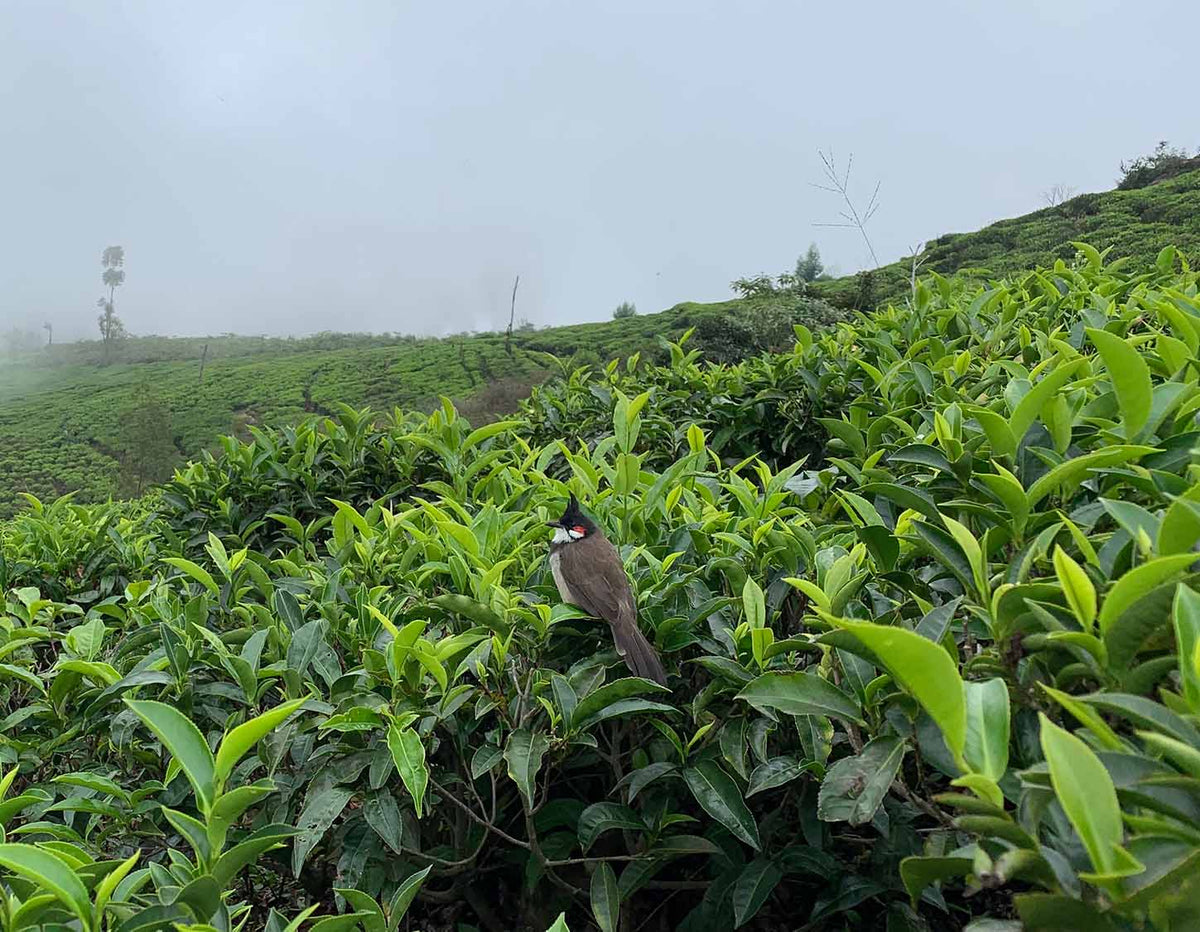
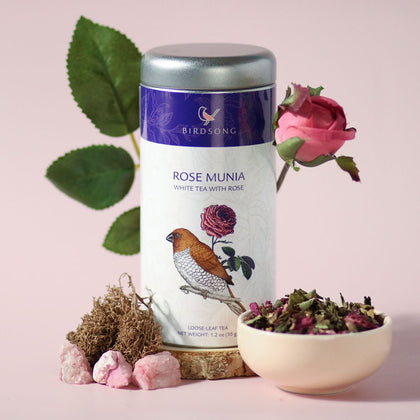



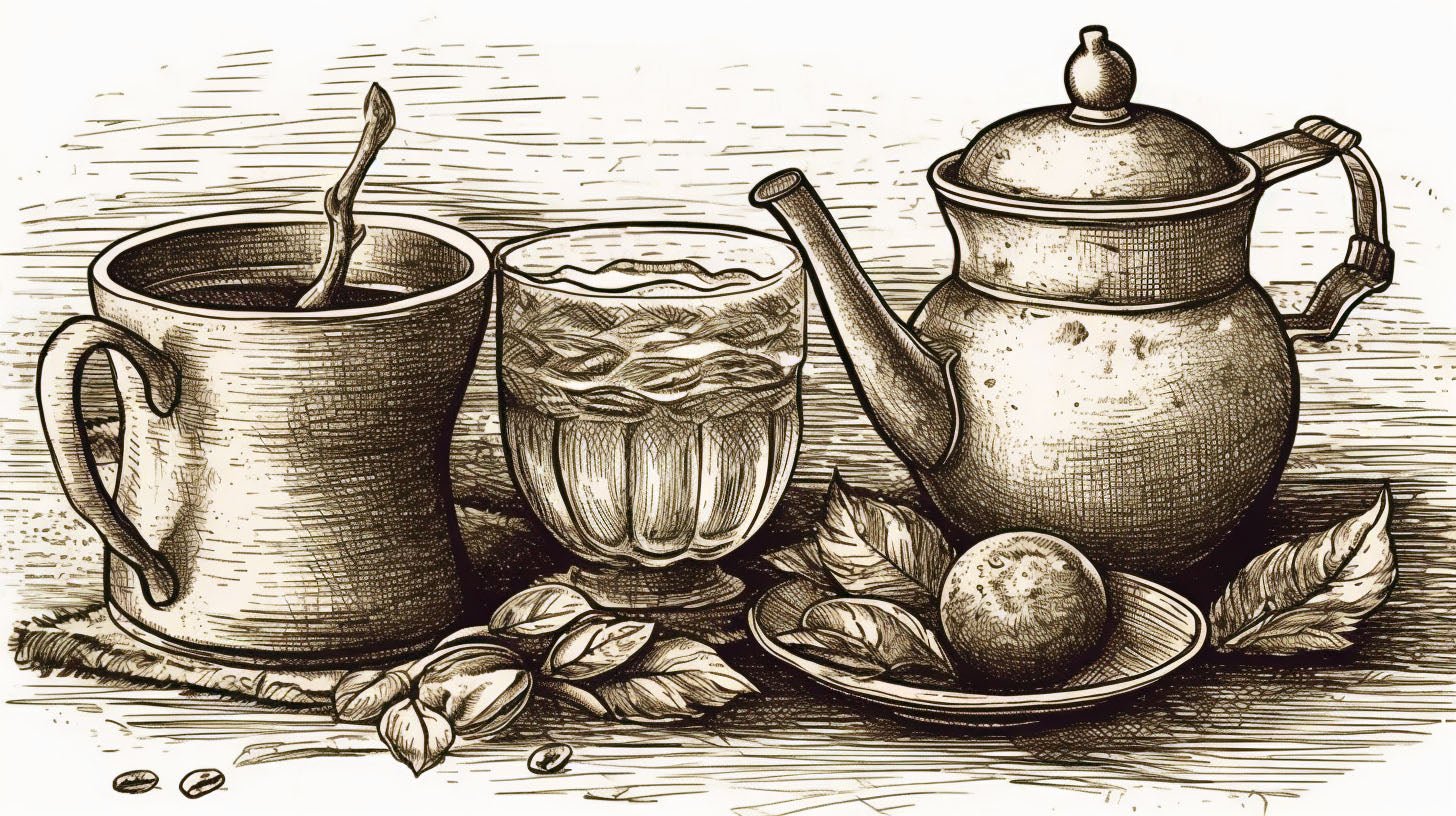
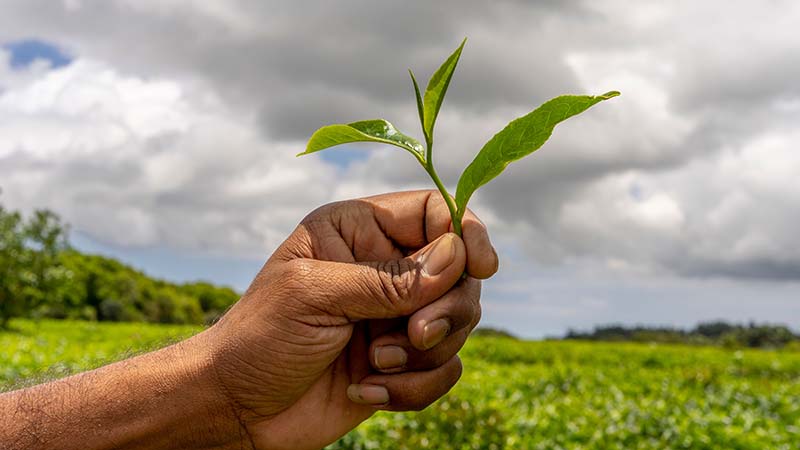
Leave a comment
This site is protected by hCaptcha and the hCaptcha Privacy Policy and Terms of Service apply.